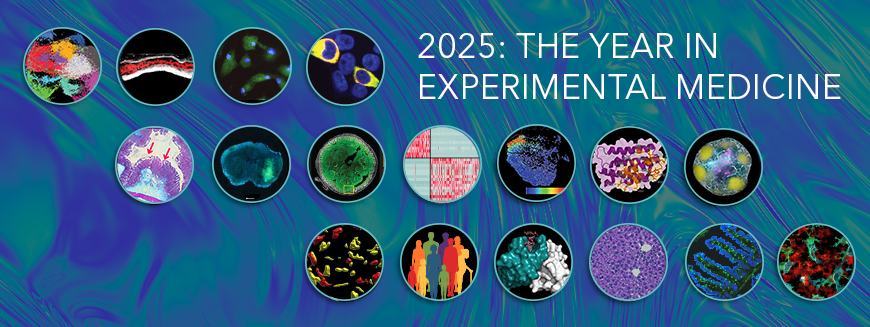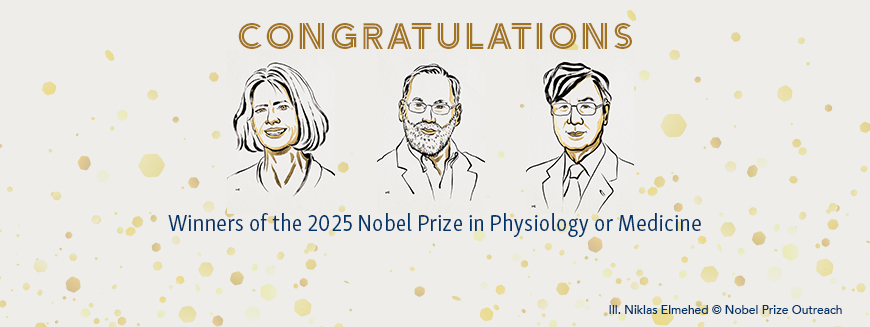Skip Nav Destination

-

2025: The Year in Experimental Medicine
Our annual collection of some of the best articles of the year.
Newest Articles
Technical Advances and Resources
|
December 30 2025
Emanuele Lettera et al.
Technical Advances and Resources
|
December 26 2025
Carlota Farré Díaz et al.
Reviews & Opinions
Review | Cancer Focus
|
December 26 2025
P.A. Baeuerle et al.
Most Read
Advertisement

Special Collections
Our annual series highlighting articles that were of greatest interest to our readers in 2025.
View collections >















